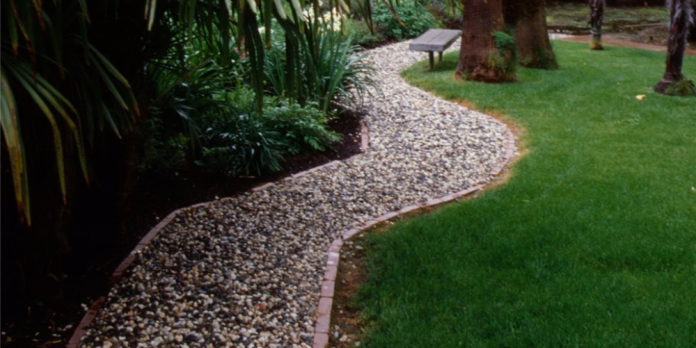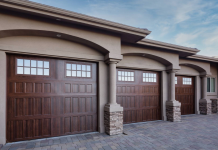In driveways
Installing channel drains across driveways can be an effective drainage solutions to prevent water from pooling on your driveway and causing damage or becoming a safety hazard. Here are some steps to consider when installing channel drains across driveways:
- Choose the right type of channel drain: There are different types of channel drains available in the market, such as plastic, concrete, and metal. Select a drain that is suitable for your driveway’s load-bearing capacity and the volume of water that you expect to handle.
- Plan the installation: Decide where you want to place the channel drain and how many drains you need. A typical driveway may require one or two channel drains, depending on the size and slope of the driveway.
- Prepare the site: Before installing the channel drain, you need to excavate a trench across the driveway where the drain will be placed. Ensure that the trench is wide enough to accommodate the drain and deep enough to provide a slope towards the drainage outlet.
- Install the channel drain: Follow the manufacturer’s instructions to install the channel drain in the trench. Use a level to ensure that the drain is level and a slope towards the outlet. Secure the drain in place using concrete or mortar, depending on the type of drain.
- Connect the drain to the drainage system: The channel drain should be connected to a drainage system or a suitable outlet to channel water away from the driveway. Make sure that the drainage system is designed to handle the volume of water that the channel drain will produce.
- Test the drainage system: Once the installation is complete, test the drainage system by pouring water into the channel drain and checking that it flows smoothly towards the outlet. Make any adjustments if needed.
Easy drainage solutions to fix standing water in front/back yard
If you are someone who is facing this issue then there are several easy drainage solutions that can help fix standing water in your front or backyard:
- Grading: If your yard is not properly graded, water can accumulate in low spots. You can fix this by regrading the area so that it slopes away from your home. This will help direct water away from your property and prevent it from pooling in one spot.
- French Drain: A French drain is a trench filled with gravel or rock and perforated piping that is designed to redirect water away from your property. It can be installed along the perimeter of your yard or in areas where water tends to pool.
- Dry Well: A dry well is a large hole filled with gravel or rock that is designed to collect and disperse water. It can be installed in areas where water tends to accumulate and can be connected to a French drain or other drainage systems.
- Rain Garden: A rain garden is a landscaped area designed to collect and absorb water. It can be installed in areas where water tends to accumulate and can include plants and shrubs that are tolerant of wet conditions.
- Channel Drain: A channel drain is a narrow trench filled with gravel or rock that is designed to collect water and redirect it to a drainage system. It can be installed along driveways, patios, or other areas where water tends to accumulate.
These are just a few easy drainage solutions that can help fix standing water in your front or backyard. Nonetheless, it’s important to consult with a professional landscaper or drainage specialist to determine the best solution for your specific needs.











